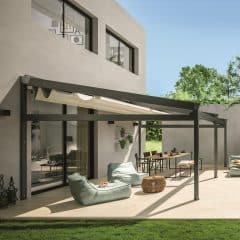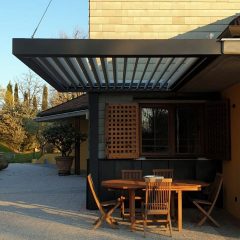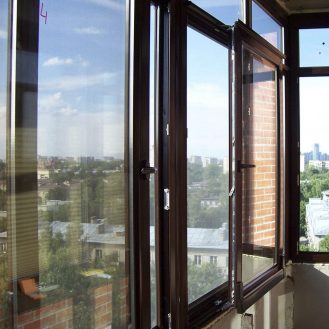There are three types of installations for pergolas which include self-supporting, wall-mounted and hanging; you can search on the ArchiExpo website by clicking on the “Installation” tab to view a list of products.
A self-supporting pergola is ideal to be placed in your garden or beside the pool if you have one. It can be an independent unit from your home that can either be large or small, depending on the size of the space that you want your self-supporting pergola to occupy.
The wall-mounted installation is when the pergola is connected to the walls of your home or another structure within the premises of your home. This type of installation has columns or posts that support it. It is a great extension of your home, adding to your living space by extending it outdoors.
The hanging installation is when the pergola is attached to the wall in the same manner as a wall-mounted installation but with no supporting pillars connected to the ground.

Self-supporting pergola by Unopiù

Wall-mounted pergola by Corradi

Hanging pergola by MORE SPACE








